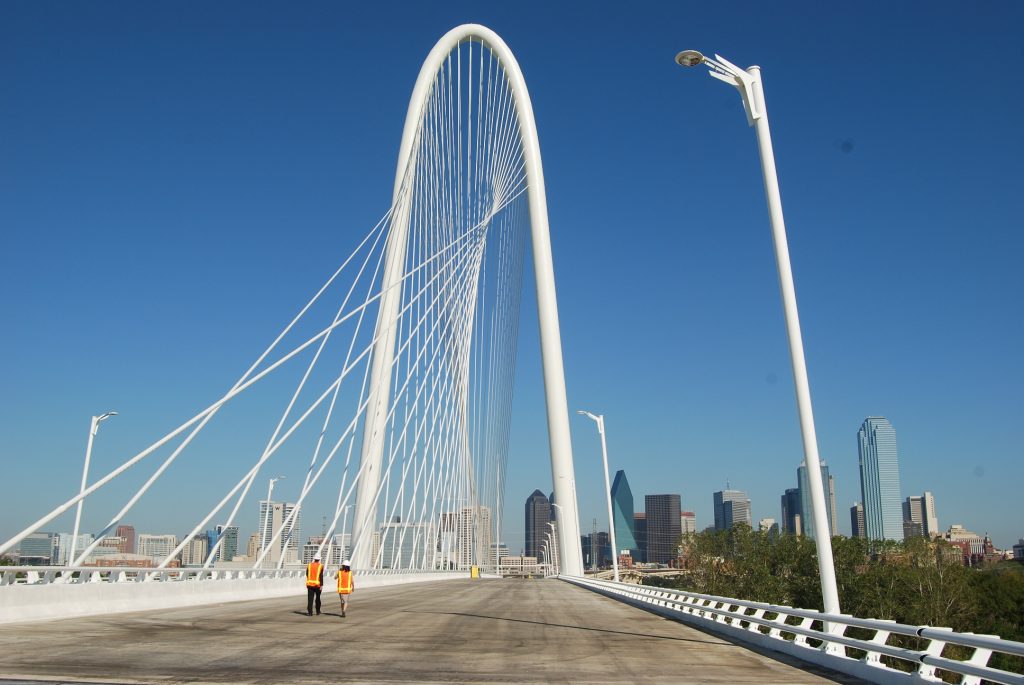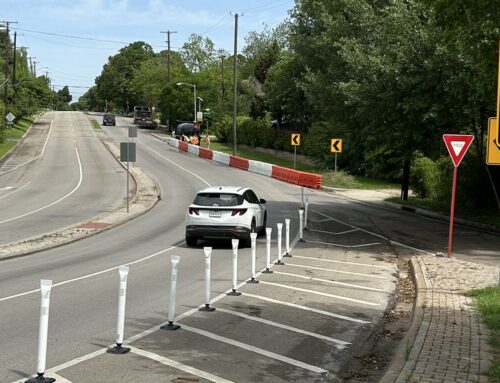It took more than 20 years and a shaming from the President of the United States before concerted efforts began to clean up lead emissions from a West Dallas smelter that poisoned thousands of neighborhood children over many decades.
Now the city of Dallas is spending $3 million in taxpayer money to move a concrete plant from Singleton at Beckley to a site adjacent to that plant, which opened in 1934 and was declared a federal Superfund site 60 years later. A concrete plant is not anywhere near the same as a lead smelter. Far from it, and the plant’s owners say there are no dangerous emissions from the facility.
Both places, the Superfund site and the future site of the relocated concrete plant, are adjacent to Thomas A. Edison Middle School, where today as many as 80 percent of the school’s more than 750 students live in poverty. The proximity to Thomas A. Edison Middle School, which is part of the school district bond election Tuesday, underscores a lack of consideration for impoverished schoolchildren in Dallas.
The city is paying to move the concrete plant on behalf of Trinity Groves, the complex of restaurants at the foot of the Margaret Hunt Hill Bridge. Trinity Groves property owners want to build a hotel and high-end apartments on the site of Argos Ready Mix, on Singleton at Beckley. Voters in 2012 approved spending $34 million in bond money to extend Amonette, Herbert and Bataan streets from Singleton to West Commerce, according to the Dallas Morning News. It would be far more expensive, city staff says, to take the plant through eminent domain.
The proposed new site is about a tenth of a mile away, across the rail-road tracks, from Edison, the DISD middle school for all of West Dallas.
Here is some perspective on the 106-year-old school’s environmental history:
The RSR Corp. lead smelter in West Dallas extracted lead from old batteries on its site at 2820 N. Westmoreland beginning in 1934. The city of Dallas knew at least as early as 1973 that lead emissions from the smelter were unacceptably high. RSR paid $35,000 in fines to the city of Dallas in 1974 for emissions violations from its Westmoreland plant.
The New York Times investigated the contamination in 1983, urging the plant be relocated away from its site near a public housing project and Edison Middle School. Testing by the Environmental Protection Agency in 1981 found lead levels more than 92 times higher than recommended in the soil of a West Dallas daycare center, according to the New York Times story. In 1985, RSR paid a $20 million settlement to 370 children and 40 property owners poisoned by the lead from its smelters. But it would take a lawsuit against the federal government on behalf of West Dallas residents in 1991 and a pronouncement from President Bill Clinton in 1993 before any real action was taken to clean up emissions from the lead smelter.
The Clinton Administration announced that West Dallas contained the largest lead-contaminated site in the United States. The EPA declared a 13.6-mile portion of the neighborhood a Superfund site. The federal government removed hundreds of acres of contaminated soil. In 2005, the EPA declared the site ready for redevelopment, although a 2014 report from the Dallas Morning News found unacceptably high levels of lead in the West Dallas soil.
City Councilwoman Monica Alonzo, who represents West Dallas, reportedly had little to say on the matter in a hearing last week. She voted in favor of subsidizing the move, along with Adam McGough, Sandy Greyson, Erik Wilson, Mike Rawlings, Lee Kleinman, Rickey Callahan and Casey Thomas.
Voting against were Phillip Kingston, Scott Griggs, Adam Medrano, Carolyn King Arnold, Mark Clayton and Tiffini Young. Jennifer Staubach Gates couldn’t vote because her father, Roger Staubach, is among the Trinity Groves developers.
Correction: A previous version of this story misidentified Argos Ready Mix as a cement factory. The plant produces concrete.






